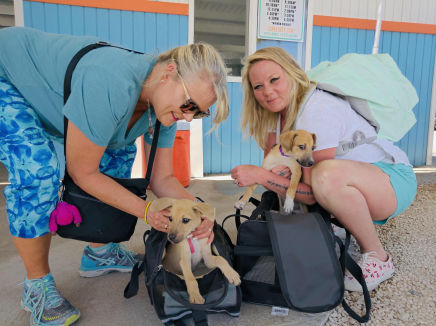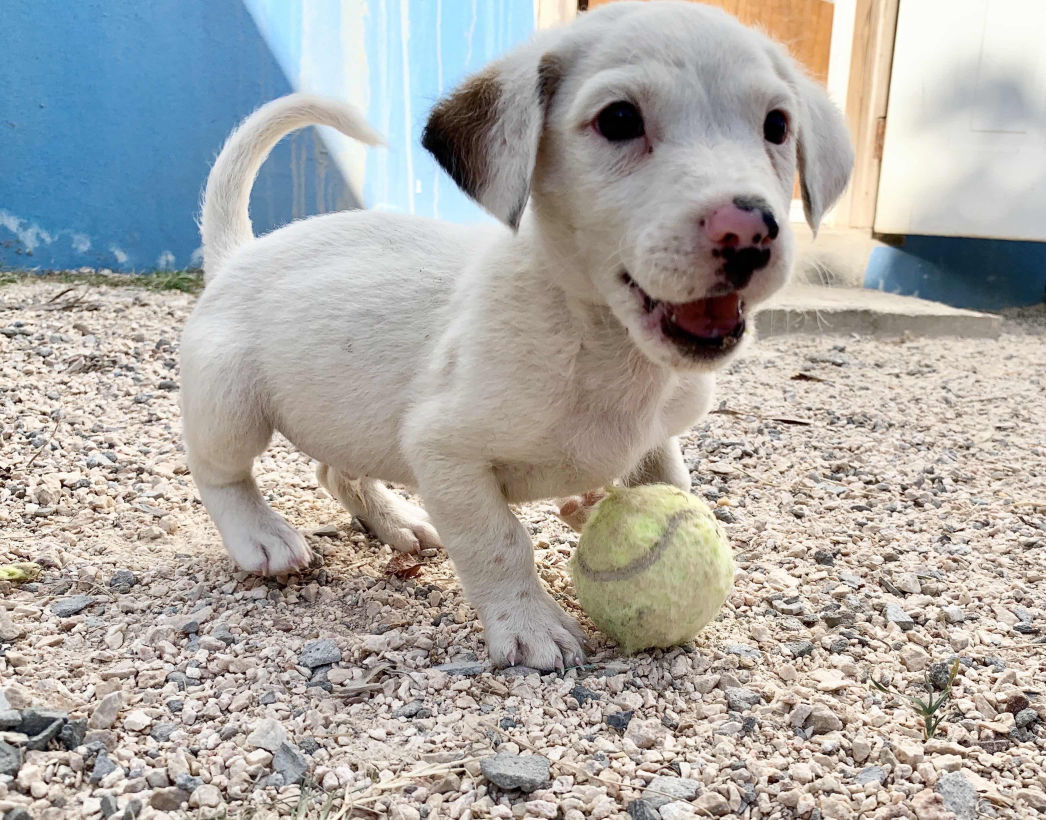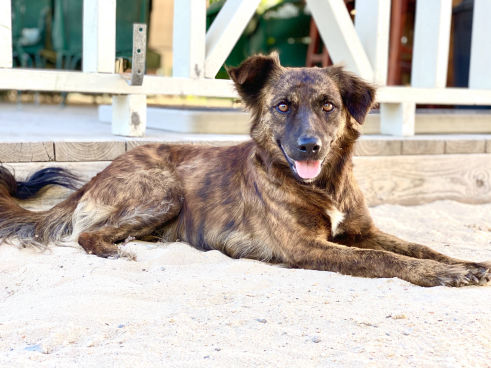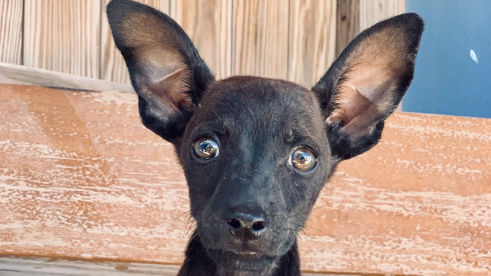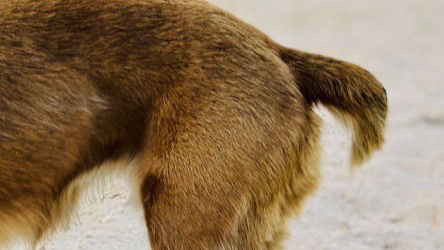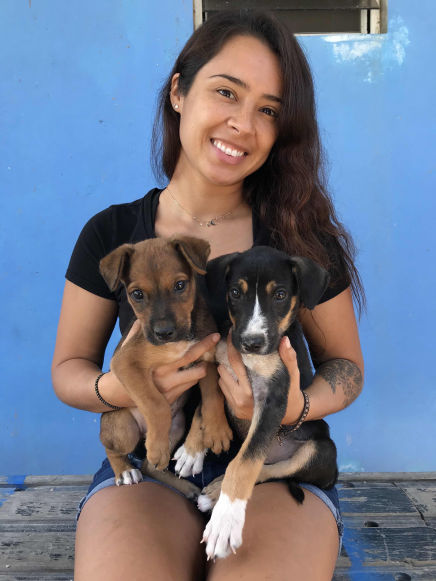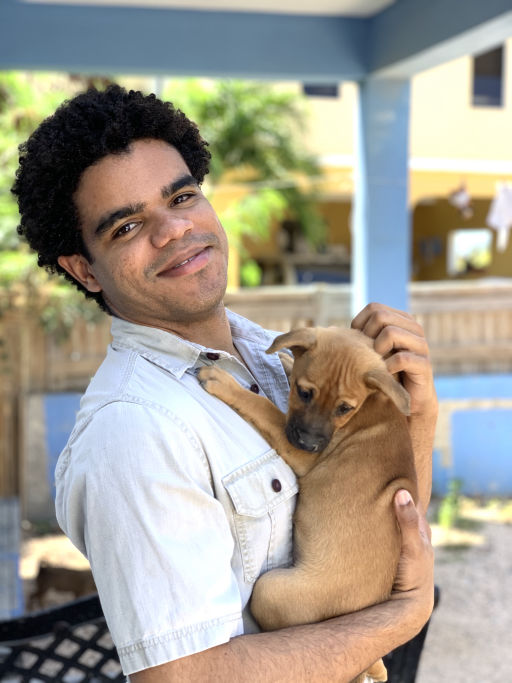The truth is, Anguilla Dogs are rarely as obvious a cross as many mixed breed dogs are in North America. There are few traditional dog breeders on Anguilla, so purebred dogs on-island are imported. Because of the time and money it takes to purchase a purebred dog from abroad, rarely are they allowed to roam or become strays. Additionally, it is not common for purebred or directly achieved mixed breed dogs to be surrendered to the shelter.
The majority of our shelter dogs are the ubiquitous yard dog whose genetic origins remain a mystery. There are, however, theories about the breeds which were combined to create the first variations of what we now know as the Anguilla Dog. In order to shed some light on their possible kin, the history of Anguilla needs to be considered.
Originally known as Malliouhana, Anguilla was inhabited by the Arawaks who would have had their own dogs brought with them up the island chain in dugout canoes when they migrated from South America. Historically speaking, these were the first canines on Anguilla. When British colonizers arrived in 1650, they would have brought European dogs on their ships. These new dogs would intermingle with those which already lived on Anguilla, laying the foundation for the characteristics of the dogs we know today.
Some consider the 20th Century British Royal Monarchy and Queen Elizabeth's penchant for the Corgi as possible ancestors of the distinctive short-legged, barrel-chested Anguilla Long Dog. Others take into account the large shepherds or hounds that may have alighted various ships that came to port in Anguilla during maritime trade from other territories in the Americas.
Irrespective of its genetic origins, the Anguilla Dog is characteristically robust and good-natured. They have extroverted personalities, are quick learners, come in a variety of colours, and display resilience to many conditions. Typically, regardless of whether it is a Long Dog or a Standard Yard Dog, the Anguilla Dog has a lifespan of about 12-15 years once cared for properly.

